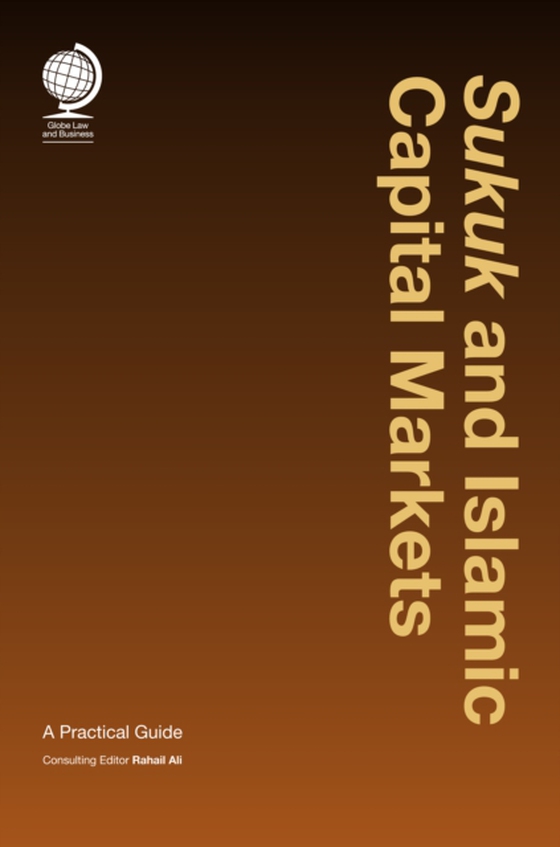
Sukuk and Islamic Capital Markets e-bog
1167,65 DKK
(inkl. moms 1459,56 DKK)
The Islamic finance industry has grown at a phenomenal pace over the past decade. A key driver has been the development of the Islamic capital markets, which offer tremendous potential for sovereigns, financial institutions, corporates and investors alike. This publication comes at a key juncture in the development of the Islamic capital markets, with the global financial crisis providing an...
E-bog
1167,65 DKK
Forlag
Globe Law and Business
Udgivet
1 marts 2011
Længde
181 sider
Genrer
LAFS
Sprog
English
Format
epub
Beskyttelse
LCP
ISBN
9781787429062
The Islamic finance industry has grown at a phenomenal pace over the past decade. A key driver has been the development of the Islamic capital markets, which offer tremendous potential for sovereigns, financial institutions, corporates and investors alike. This publication comes at a key juncture in the development of the Islamic capital markets, with the global financial crisis providing an opportunity for the different players in the Islamic capital markets to re-appraise successes and failures to date. More stringent Sharia oversight has also encouraged a recent critical re-evaluation of the structures used in the Islamic capital markets. This practical title provides a comprehensive overview of the Islamic capital markets, tracking their development from the first sukuks to the current outlook after the global economic crisis and the recent Sharia rulings of the Accounting and Auditing Organisation for Islamic Financial Institutions in relation to sukuk. Featuring contributions by prominent practitioners - including Shibeer Ahmed from White & Case, Moinuddin Malim from Mashreq al Islami and Debashis Dey and Stuart Ure from Clifford Chance, among other leading professionals - this book analyses market trends and key Sharia and legal issues and structures. Cutting-edge topics include the standardisation of sukuk, securitisation, treasury and other capital markets and rate protection products. With examples from practitioners who have helped to shape the Islamic capital markets, this book presents key insights for beginners, as well as more experienced practitioners. The guide is a practical handbook for legal practitioners, financial Institutions and bankers, central banks, university libraries and students and practitioners generally who have an interest in Islamic finance.
 Dansk
Dansk

